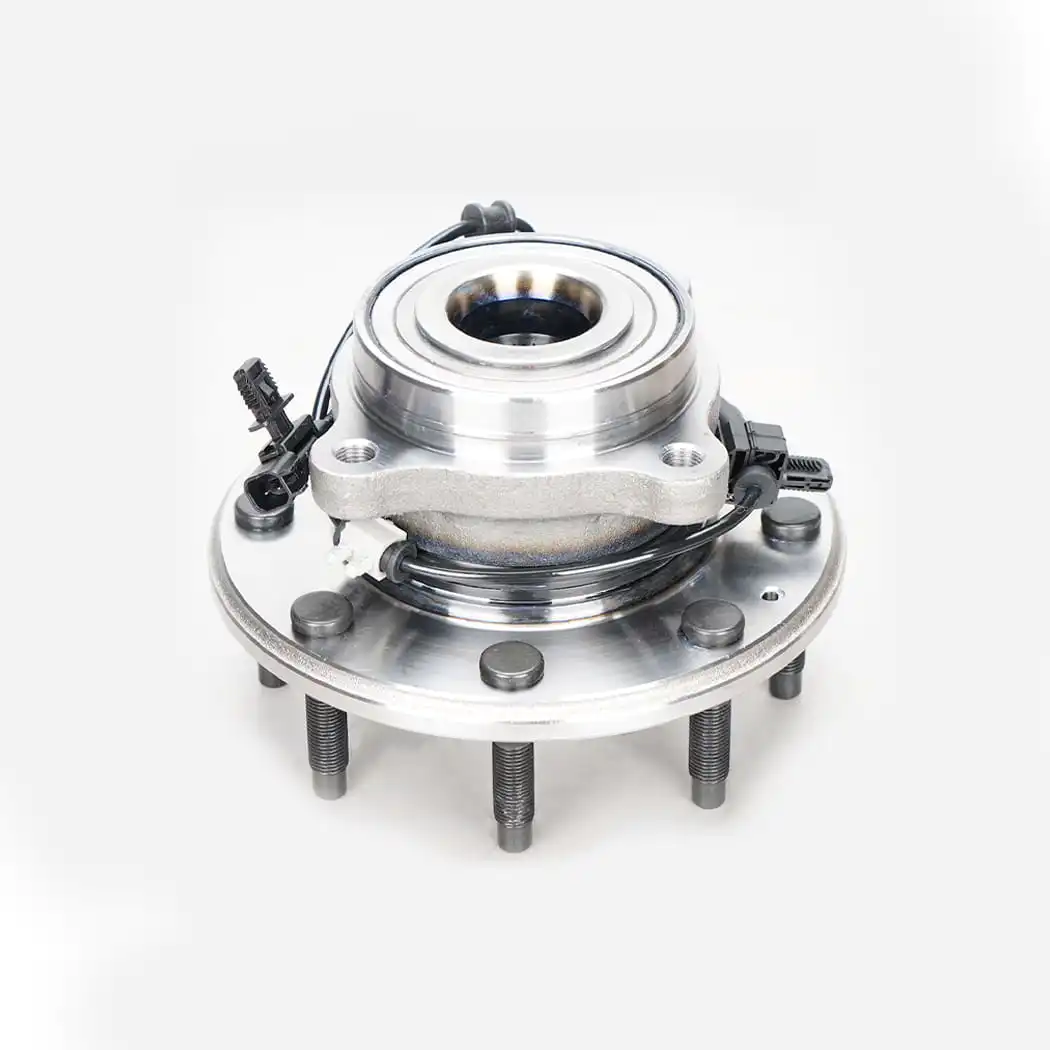The rear hub assembly is a crucial component in a vehicle’s suspension and drivetrain systems. Often overlooked by everyday drivers, the rear hub assembly plays a vital role in ensuring smooth wheel rotation, proper alignment, and overall driving stability. Whether you're an auto mechanic or a car owner looking to understand your vehicle better, learning more about the rear wheel hub assembly can help you maintain safety and performance on the road.
A rear hub assembly, also known as a rear wheel hub assembly or rear hub bearing assembly, is a combination of bearings, hub, and sometimes the ABS sensor, that connects the rear wheels to the vehicle and allows them to spin freely. It is mounted on the axle and serves as the mounting point for the wheel. The assembly ensures that the wheel remains securely attached to the car while allowing it to rotate smoothly with minimal friction.
Key Functions of a Rear Hub Assembly
The rear hub bearing assembly serves several essential functions:
Wheel Rotation: It facilitates smooth and balanced rotation of the rear wheels.
Load Support: It supports the weight of the vehicle as it rests on the rear wheels.
ABS Integration: In many modern cars, the rear hub assembly houses the anti-lock braking system sensor, which monitors wheel speed and helps prevent skidding.

Vibration Reduction: A properly functioning rear hub unit helps reduce noise and vibration, providing a smoother ride.
Signs of a Failing Rear Hub Assembly
When the rear wheel hub begins to wear out, it can lead to a variety of issues. Common signs include:
Unusual humming or grinding noise from the rear wheels
Uneven tire wear
Steering instability or vibrations
ABS warning light illumination
Wheel wobbling or looseness
If any of these symptoms appear, it's essential to inspect the rear hub bearing promptly to avoid further damage or unsafe driving conditions.
Replacement and Maintenance
Most rear hub assemblies are designed to last a long time, often exceeding 100,000 miles. However, harsh driving conditions, poor road quality, or exposure to water and contaminants can accelerate wear. Regular maintenance and timely replacement of the rear wheel hub assembly are necessary for optimal performance.
When replacing, it’s best to use OEM-quality or high-grade aftermarket parts. Whether it's a rear axle hub assembly, rear hub and bearing assembly, or simply a wheel hub, quality materials ensure longevity and reliability.